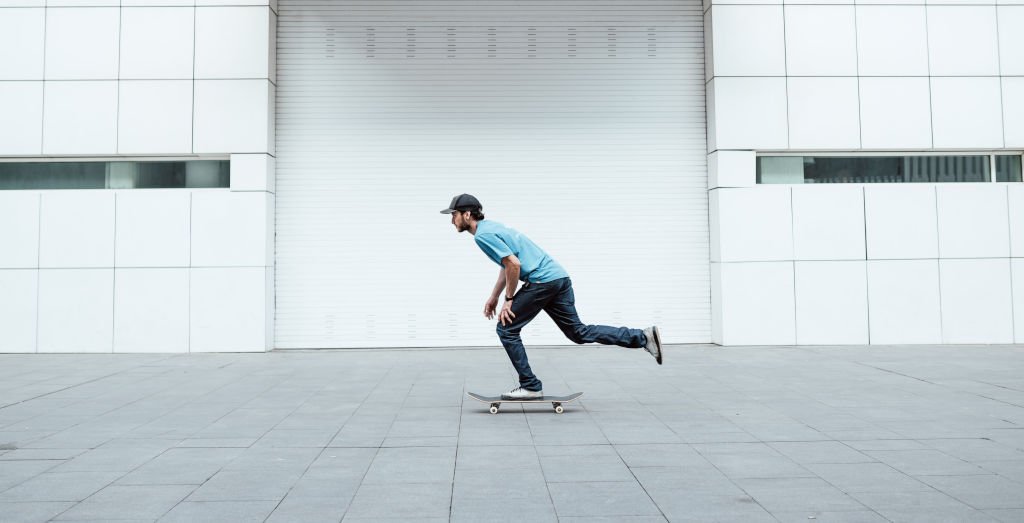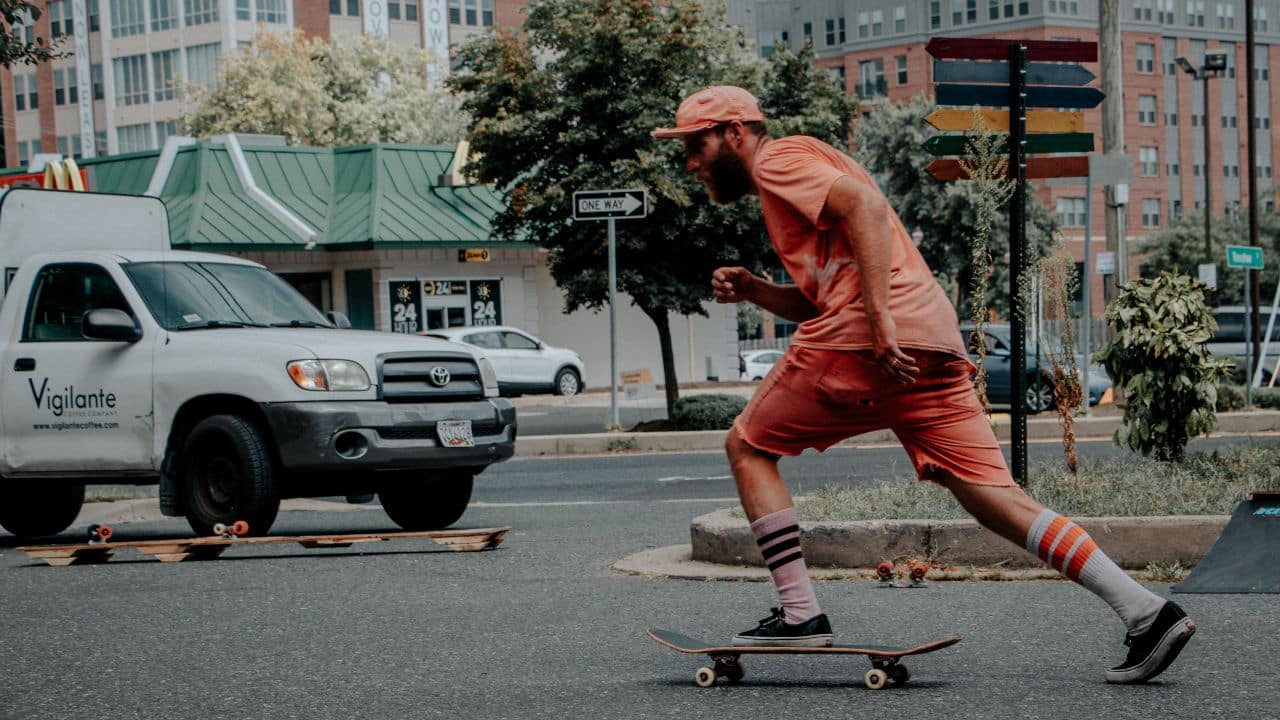Skateboarding is an everyday recreational activity among children, teenagers, and even some adults. It is more than just moving from one place to another. Skateboarding is a way of life for some people. Not to mention it is a perfect means of transportation. Although it is a joyful and thrilling hobby, skateboard accidents have a high risk of resulting in multiple injuries. Speed, obstructions, and hard surfaces are the most significant risk factors for injury.
In a research report by NCHS, skateboarding accidents were listed among the top 5 reasons people visit the Emergency Department for sports injuries. To put this number into perspective, according to the National Safety Council, nearly 98,000 patients were treated in hospital emergency departments for skateboarding-related injuries in 2017.
Over 245,000 patients were treated in hospital emergency rooms in 2021 for skateboarding-related injuries. More than 73,000 such injuries happened to people between the ages of 15 and 24.
Common Causes of Skateboard Accidents
For many skateboarders, safety is a top priority. Unfortunately, accidents can still occur despite a skateboarder’s best efforts to ride carefully because of circumstances beyond their control. Below are some of the common causes of a skateboarding accident.
Skate parks
According to research, the first few weeks of skateboarding are when most skateboarding injuries happen. When expert skaters are injured, the most frequent cause of those accidents is uneven riding surfaces or surface irregularities. Most studies on skate parks also conclude that skate parks are a lot safer place to practice than streets or backyards.
However, uncontrolled and unsafe skate parks contribute immensely to the increase in skateboarding accidents in the US. Hence, ensuring skate parks are properly maintained and run is one of the most crucial steps in creating a safe environment for skateboarding.
In Childs v. County of Santa Barbara, the plaintiff sued the defendant because the sidewalk was an unsafe piece of public property. The court of appeals reversed the trial court’s judgment for the defendant and awarded the plaintiff damages.
An example is also found in Black v. Colvin, where a skateboarding accident resulted in a traumatic brain injury to the plaintiff.

Defective Equipment.
Skateboarding protective gear is essential to the safety of a skater. Such protective equipment includes a helmet, wrist guard, knee and elbow pad, and skate shoes. An injury may arise if a skateboarder’s equipment malfunctions because of manufacturing flaws. A skateboard is constructed from a lot of little components. A skateboarder could easily sustain an injury if one of these parts malfunctions and causes them to fall or lose control while riding.
In Gerrity v. Beatty, the plaintiff suffered severe injuries from a fall due to the faulty helmet. The court held the defendant liable and awarded the plaintiff damages.
Third-party negligence
Even though some people believe skating is dangerous by nature, some mishaps result from someone else’s carelessness. The individual who caused the accident may be held financially liable for the skate injuries.
Premise Liability in Skateboard Accidents
Skateboarding is inherently a dangerous sport if done recklessly. In some circumstances, skateboarders are responsible for their injuries. Nevertheless, a public or private landowner may be held accountable for injuries on their property under the legal concept of “premise liability,” mainly if the injuries are foreseeable.
Premise liability can apply when a minor is welcomed into the property. Still, it can also be used where skateboarders might be attracted, but there are no signs prohibiting it.
The issue of premise liability was raised in the case of Bartell v. Parlos Verdes Peninsula Sch. Dist., where the plaintiffs filed a claim for damages for their son’s tragic death due to a skateboarding accident.
Moreover, a premise liability action was filed in Lucier v. Impact Recreation, Ltd., where the court held that the defendants owed no duty of care to the plaintiffs.
Safety Tips for Skateboarders
Having discussed the risk associated with skateboarding, what can you do to stay safe?
We’ve compiled a list of essential items to consider regarding safe skating.
- Only skateboard on clean, level surfaces free of trash or cracks like sticks or garbage.
- Never skateboard when it’s raining.
- When starting to skateboard, practice on a smooth driveway away from any traffic, the beginner area of a skate park, or an empty parking lot.
- Make sure your skateboard is in good functioning condition by checking it before each use.
- Find a helmet that fits securely and correctly by trying various models and sizes.

Skateboard Accident Animation in Court Trial
There are certainly a lot of difficulties you will face when a loved one passes away or get severely injured suddenly. High medical costs, missed class or employment, and life-long injuries for the victim and their family are just a few challenges one can face.
A skateboarder who is hurt shouldn’t have to endure suffering due to someone else’s carelessness. Damages should be covered by the party that caused the collision, whether they were a motorist, cyclist, pedestrian, or property owner.
An excellent way to ensure you are duly compensated is through legal animation. When it comes to personal injury cases, animations help convey sophisticated concepts to the jury in the most visually appealing way.
Legal animation is crucial to skateboarding cases because some jurors might have trouble picturing what transpired. With a laser scan of the scene of the injury and clear pictures perfectly capturing the injuries sustained, the chances of winning the case will increase tremendously.
However, due to the fact that animation is a piece of demonstrative evidence, attorneys seeking to use it must ensure it is created in accordance with the rules of demonstrative evidence.






